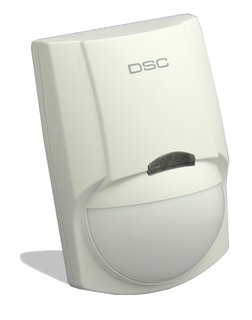Any of you guys think there would be much of an issue tying a DSC LC-100-PI motion sensor to an Arduino Mega?

http://www.dsc.com/index.php?n=products&o=view&id=94

http://www.dsc.com/index.php?n=products&o=view&id=94
If this is your first visit, be sure to check out the FAQ. You must register before you can post.
IMPORTANT: Your first post will be checked for appropriate content. This may take a bit of time.




Comment